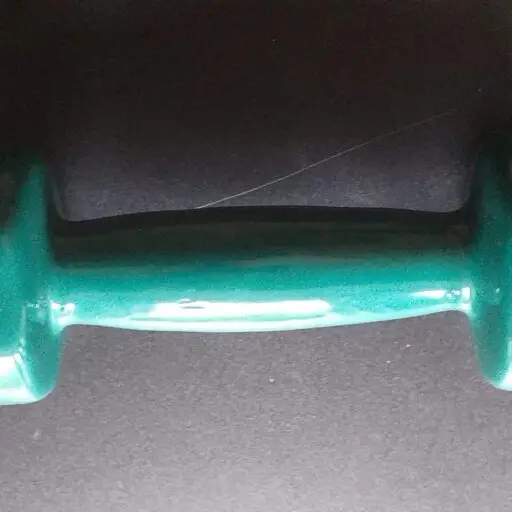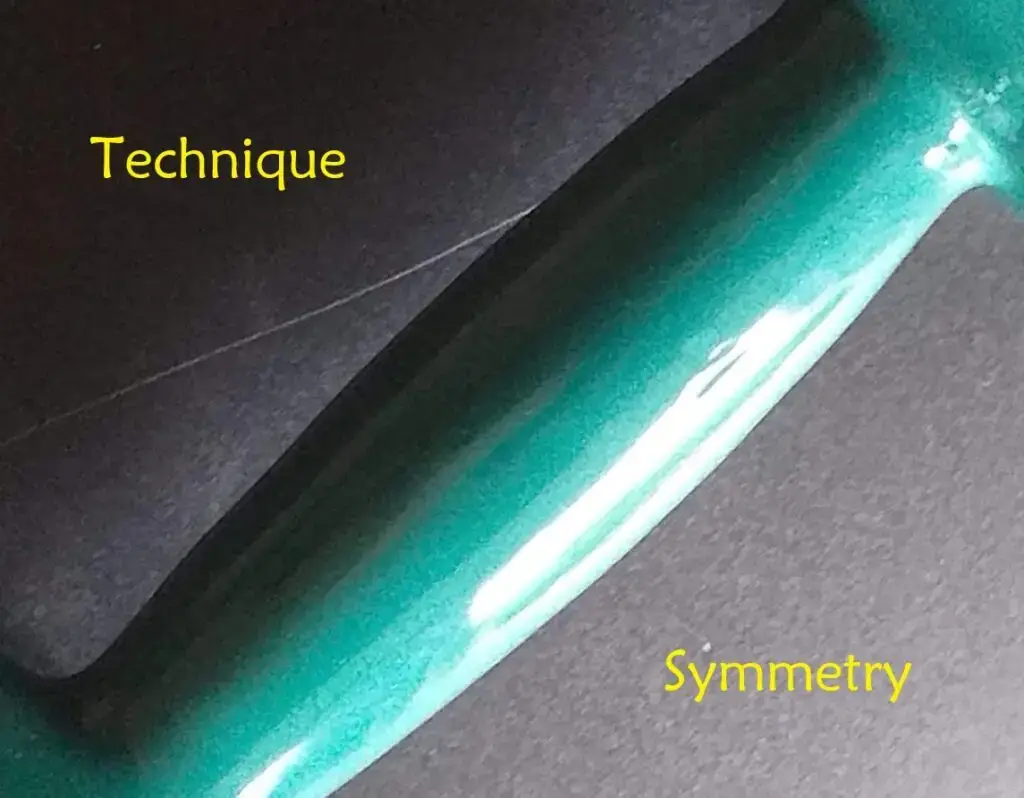Angles & Levers in Gym Exercises
The Mechanics & Physics of Weight Training
ANGLE: An angle is usually measured in degrees (°). For example, a vertical post planted in level ground is at a 90° angle to the ground. Getting the angle wrong for specific exercises will increase the risk of injury and reduce the effectiveness of the exercise. Understanding how angles affect your gym performance will enhance your overall technique.
LEVER: An understanding of levers is also essential for good technique. In the human body, levers are limbs, and fulcrums are joints (like knees and elbows). For a fuller understanding, search online for the physics of how levers and fulcrums work.
Primarily in the gym, we are concerned with angles of 90° and 45°, but these angles can vary depending on the exercise.
As an example of a lever, consider doing a bicep curl with a dumbbell. Assume person 1 has long forearms and person 2 has short forearms, and they both use a 5KG dumbbell. If they perform the exercise precisely the same, then person one is doing more work!
Individuals with longer limbs should generally use lighter weights than those with shorter limbs. Do not feel embarrassed to use smaller weights. – Technique is paramount! You should view your gym training as an art form, and strive for perfection (as every artist does).
Angles
The Mojoh Method often refers to angles. These are extremely important for gym technique. Common angles used in gym exercises are 45° and 90°. For example, when using an incline bench, many exercises are best performed with the bench backrest at a 45° angle to the horizontal (this is equivalent to an angle of 45° to the floor).
However, this is mostly a guideline and not many exercises require the angle to be exact, although some do. For example, when performing the bench press, your forearms must be either pointing directly upwards (vertical), or you can perform the exercise with a wider grip on the bar for a slightly different engagement of the pectoral muscles, but NEVER should your hands be gripping the bar any closer together than the vertical forearm position.
Incorrect angles increase the risk of injury and reduce the effectiveness of exercise.
Levers
The Mojoh Method often refers to the physics of levers. These are extremely important for gym technique. A lever is a type of simple machine that creates a mechanical advantage to perform tasks by changing the magnitude and/or direction of forces. Levers, angles, and fulcrums are closely related in physics, and I advise you to do a little reading about them. Once you understand the basic physical concepts, your gym technique will improve significantly. Your technique when performing everyday tasks will also improve, and you will be less prone to injuries related to the back, knee, and joints.
A good understanding of how levers work will decrease the risk of injury and increase the effectiveness of exercise.

